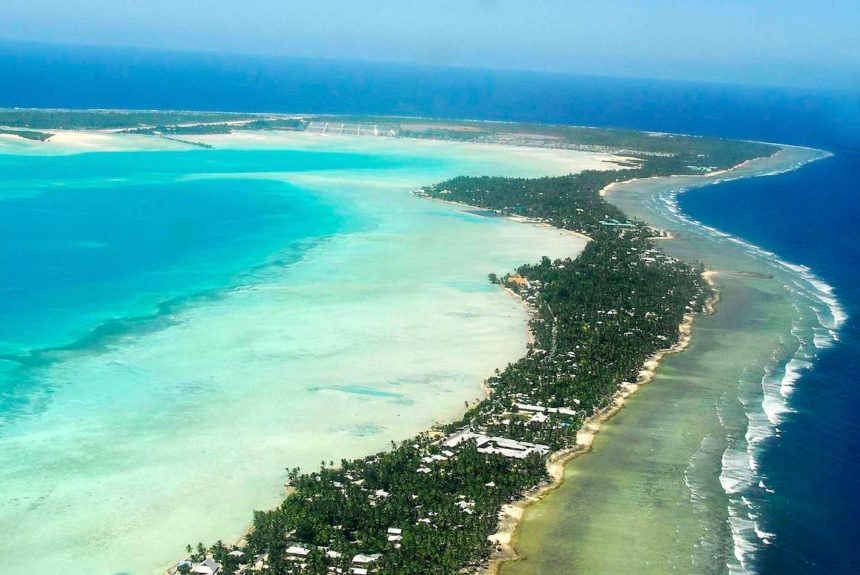“This new report quantifies the potential costs of climate adaptation for Pacific Island countries and targets ways in which decision-makers can effectively manage vulnerability and build resilience to reduce losses, protect livelihoods and save lives,” said Denis Jordy, Senior Environmental Specialist at the World Bank.
The World Bank published the report “Pacific Possible: Climate and Disaster Resilience” in July 2016, which looked into the climate adaptation costs for Pacific island countries. The research aims to assist decision-makers in formulating effective ways to manage vulnerability to climate change through building resilience, either by building new structures or by integrating resilience into existing structures. This would reduce the impacts of extreme weather conditions and loss, protect livelihoods, and safe communities.
The report emphasises making coastlines more resilient to climate change. The cost is projected to be between 1 and 13 per cent of the island’s GDP. Atoll island states like Kiribati and the Marshall Islands present a much steeper price.
The report recognises the importance of integrating climate adaptation into infrastructure development, mitigating the impacts of climate change on infrastructure for many years to come.
Although climate adaptation costs are expensive and will increase expenditures between 2-20 per cent across the Pacific Island states by 2040, mitigation costs will reduce economic losses when natural calamities strike.
The geography of the Pacific Islands is unique in that it is far from major markets, with a small population scattered among the islands at great distances. Thus, they face unique challenges and constraints.
The paper also highlights the region’s major challenges in the next 25 years requiring urgent action:
- The current risks of climate change
- Managing these risks and disasters
- Adaptation strategies or the lack thereof
- The case of Atoll islands
Vulnerability to Natural Disasters
The Pacific is highly exposed to cyclones, droughts, storm surges, electrical storms, and tsunamis, among many others, and climate change will make things worse for them.
The melting ice sheet and increasing ocean temperature are raising sea levels, which triggers coastal erosion, salt-water intrusion, and intensifying storm surges. These events threaten the region’s agriculture, fisheries, water resources, health, ecosystems, and entire community.
The Atoll islands are most vulnerable to sea-level rise and storm surge. The cost of managing sea-level rise would be very steep. In Kiribati, the cost is projected to be between $17-54 million by the 2040s, or 4 to 17 per cent of the country’s GDP.
Resilience Strategies
Despite the enormous challenges the Pacific Islands face, there is an opportunity to design resilience strategies.
- Selecting strategies that offer benefits even in the absence of climate change. This way, there is no regret if things do not happen as expected.
- Flexible and reversible options such as early warning systems or easy-to-retrofit structures.
- Invest in adding value to new investments, such as bigger capacity drainage systems for urban roads.
- Promoting policies on behaviour change, awareness-building, and long-term investment planning
- Constructing houses that are cheaper and have shorter lifetimes that are easy to replace.
This climate and disaster resilience paper recommends that climate adaptation and mitigation strategies be carefully considered and in accordance with the local context. Trade-offs also need to be identified regarding cost. For example, the cost of desalination, which would use a lot of energy, versus the use of solar power, which is abundant in the region, and the use of climate-resistant crops should also be considered.
This paper offers a lot of information on climate adaptation efforts in the Pacific Islands. It also presents a holistic picture of the present and future events if extreme weather conditions continue to worsen. It discusses the effects on families, women, and their agriculture and food supply, which, if not mitigated, will further compound poverty in the islands.
So, we encourage you to read the entire Climate and Disaster Resilience research paper for more details.
PHOTO CREDIT: South Tarawa – By Photo taken by Government of Kiribati employee in the course of their work – Government of Kiribati, CC BY 3.0, Link


